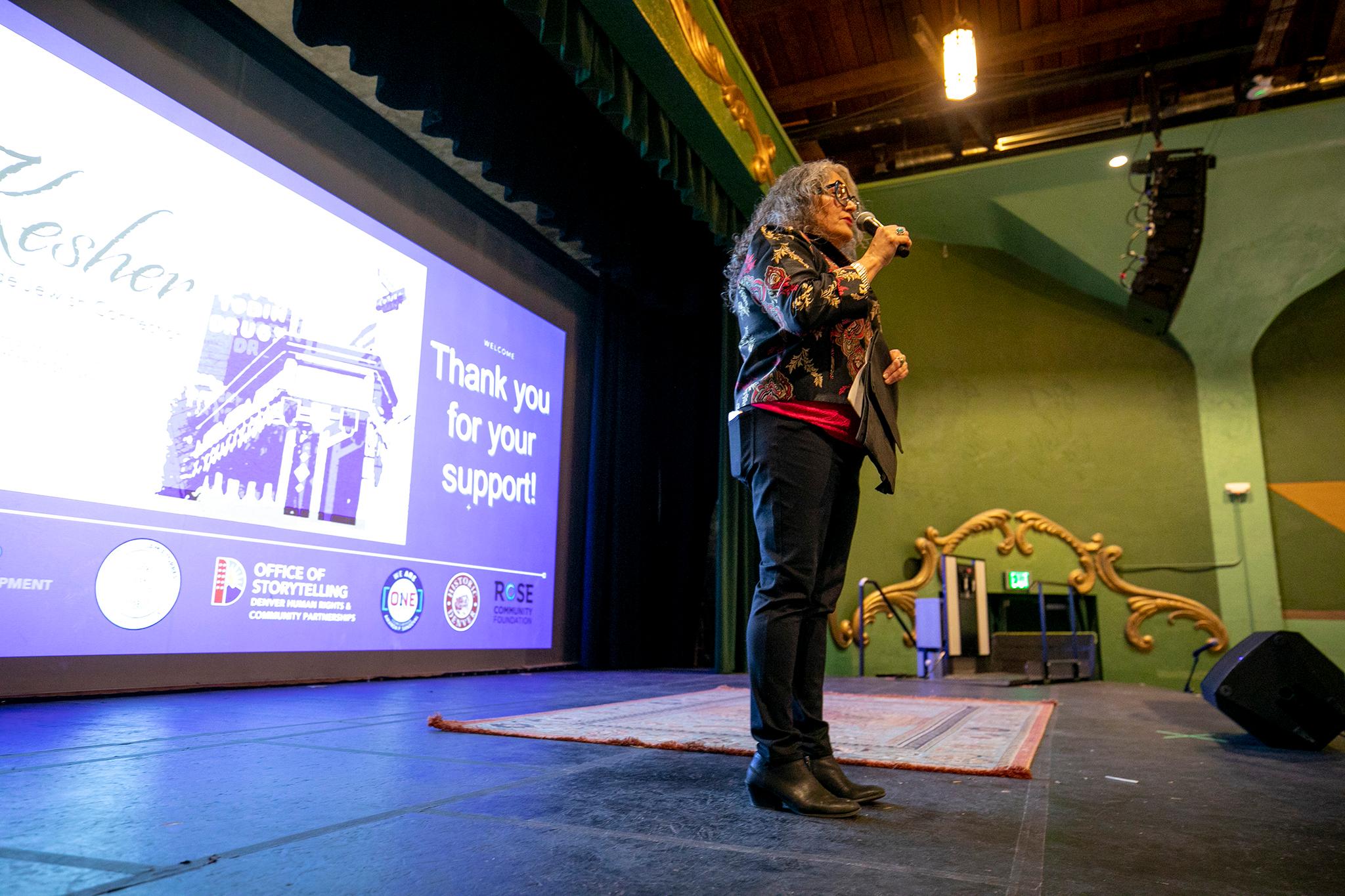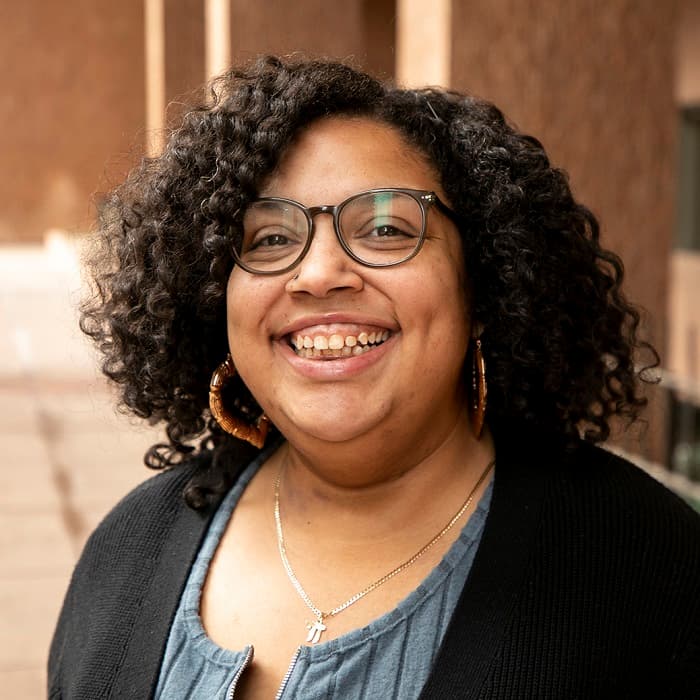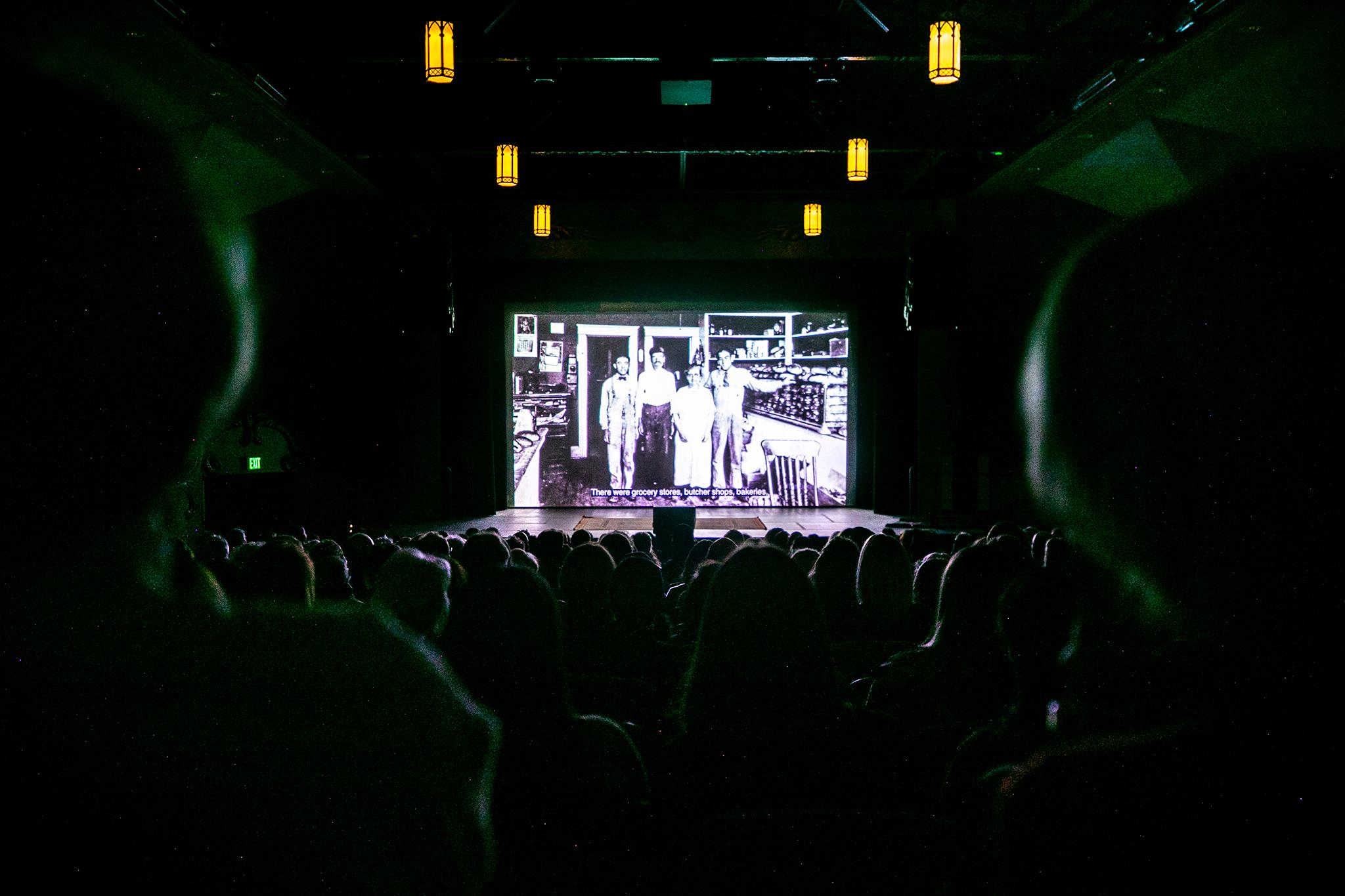The proposed creation of a Jewish historic district in the West Colfax neighborhood is no longer in the works, but a film documenting the area's past and present aims to satiate the need to keep the memories alive.
Last week at MCA's Holiday Theater, the city's Office of Storytelling hosted a screening of "Kesher: The West Side Jewish Connection," a documentary about the historical and present-day stories of West Colfax's Jewish population.
The film's creation stemmed from a desire to preserve the Jewish historical elements in the West Colfax neighborhood, an effort that ramped up in 2021 and the later months of 2022.
In December 2022, some residents began to show interest in the creation of the West Colfax Jewish Historic Cultural District, a designation that would help preserve some of the character and buildings, and thus the history, of the area.
The proposed district would encompass 200 properties between West 17th and West 16th avenues from North Zenobia to North Stuart streets. Included were the orthodox synagogue Congregation Zera Abraham and a property that belonged to a prominent Jewish baker.
The effort was spearheaded by councilmember Amanda Sandoval, whose district once included a portion of West Colfax, along with councilmember Jamie Torres. Historic Denver provided funding and support, and additional funding came from The Rose Community Foundation.


Engagement began in December 2022. There were two community meetings. The proposed district name changed to the West Colfax Historic Cultural District at one point.
But ultimately the proposal fizzled out altogether as residents expressed concerns about possible zoning restrictions and safety exposure.
"Once we started having these conversations about a possible historic cultural district, lots of things came to the surface and it seemed that we were not going to be able to move forward with the possible creation of a historic cultural district ... so we pivoted," Sandoval said. "We reached out to the Office of Storytelling ... So, we can do a video so it's forever codified in Denver's history, the legacy of the Jewish community in West Colfax."
Thus 'Kesher' was created.
The film is a surface-level history lesson of the Jewish population in Denver.
Denver became a city in the 1850s, and shortly after, a large influx of Jewish immigrants came to the city, according to Dr. Jeanne Abrams, the director of the Rocky Mountain Jewish Historical Society & Beck Archives.
"1859 marked the beginning of Denver and it also marked the beginning of Denver's Jewish community. Jews were here present at creation, so to speak," Abrams said.


Abrams said some of the Jewish immigrants initially settled in Cotopaxi to become farmers. But the southern Colorado town wasn't the ideal place for that, so they headed to Denver, along with an influx of Russian and German Jews seeking economic opportunity and escaping pogrom persecution.
Many specifically settled in West Colfax and underneath the West Colfax viaduct in Sun Valley.
Around this time, Congregation Zera Abraham and a slew of other synagogues were established. The area near the viaduct, along with West Colfax itself, became a mecca of Jewish bakeries and pharmacies, including Tobin's Pharmacy, which became the last independent drugstore on West Colfax before closing in 2005.
"In the 1920s, probably through the 1950s, there was a Jewish-owned grocery store almost on every corner in West Colfax," Abrams said. "Obviously, you would think they would be rivals for business, but there was a great deal of comradery."
In the 70s, Jewish families on the westside started leaving West Colfax, heading to east Denver and southeast Denver, where the population is still large. The westside Jewish population began to dwindle again in the 2000s because of rising housing costs, shuttered Jewish businesses and just a general loss of community.


But the Jewish population on the westside isn't entirely gone, which is the main point of the film and the basis of why community members wanted a historic preservation district.
The film closes with a note that the congregations on the westside want their legacy to continue. There are moves within the temple to bring more families to the area, if they can afford it.
The ultimate goal is to continue being a community while working against the same factors other communities across Denver are dealing with: change, expenses and erasure.
"It's history. It's history in my heart, and we're still a community. We're living farther distances now but we still manage to come together and still be a community," said Mordechai Kadovitz, the community and engagement event coordinator at the Hebrew Educational Alliance Center. "'Kesher' means connection and we still have that connection."
At the end of the movie, a small Q&A was held where many people reminisced about their time living in the area.
A spectator in the crowd noted that he was in one of the school group photos the film displayed. Most remembered walking around and visiting Tobin's or the other pharmacies in the area.


One person asked, what's next? How else can we remember and ultimately preserve history?
Rowena Alegría, director of the Office of Storytelling, said when it comes to preservation efforts across the city, in terms of documentation, the department is currently working on the American Indian/Indigenous Peoples Historic Context Study, which is similar to the Latino/Chicano Historic Context Study completed in 2022. The studies are meant to collect and share information and historic places across Denver that represent Indigenous culture.
The information collected from these studies helped the city make decisions for more inclusive planning and land use, such as preservation efforts toward La Raza Park, the Aztlan Theatre and Latino art pieces.
Alegría said folks who are interested in exploring and adding context to the Jewish history on the westside can reach out to the office. Abrams added that people could also contact the Rocky Mountain Jewish Historical Society & Beck Archives.
And if folks are interested in restarting the discussion around the creation of a historic district, they can reach out to city officials.













